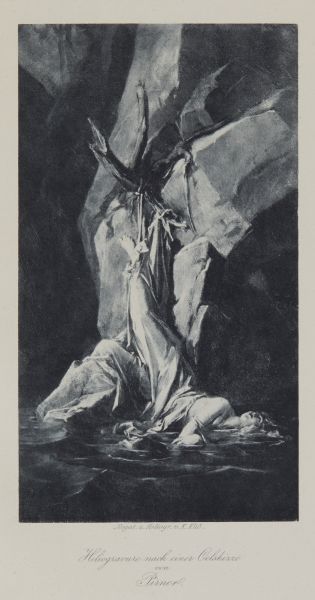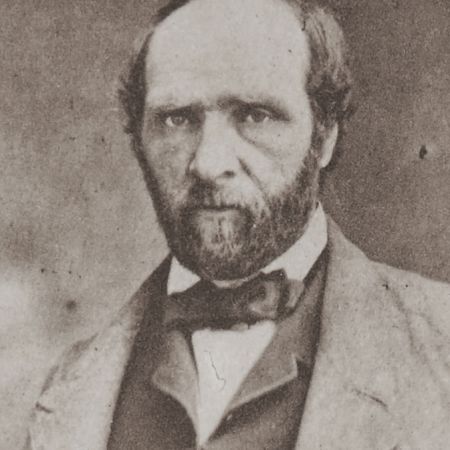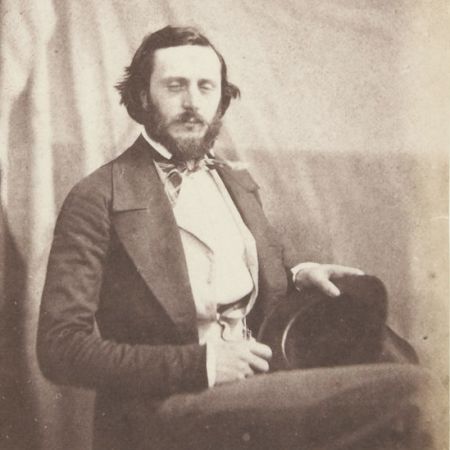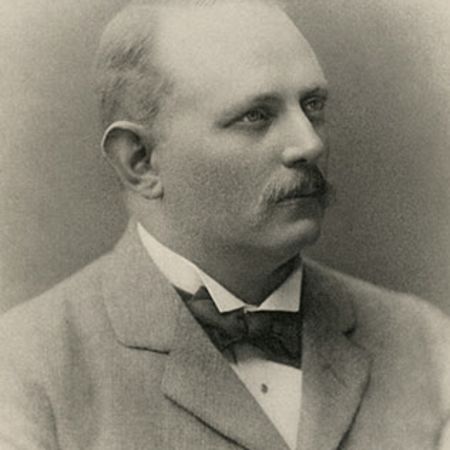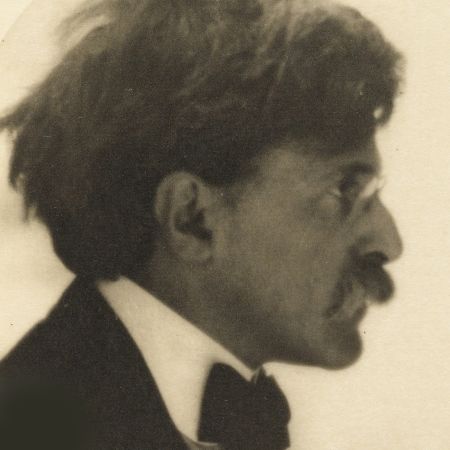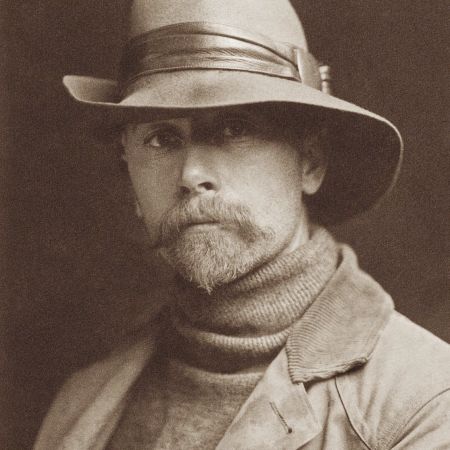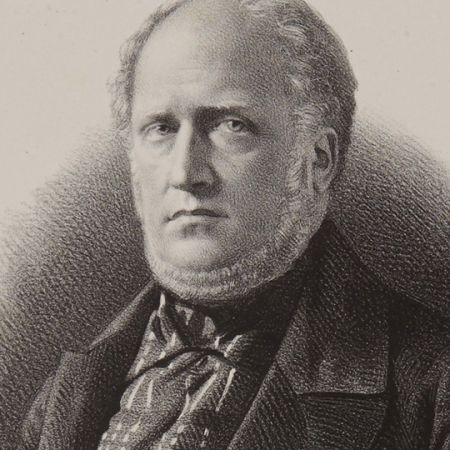Karel Klíč
Czech, 1841-1926
View all works on Photogravure.com
Karel Klíč was an artist who refined and improved the photogravure process to the extent that it is still widely used today. After studying at the Art Academy in Prague, Klíč worked with his father in a photography studio for a time. He then made drawings and woodcuts for publications, but quickly started to study photomechanical processes in order to improve their quality. In 1871 Klíč opened in Vienna the Photochemische Werkstaette, where he produced zinc printing plates and experimented with other methods of reproducing images. By 1879 his experiments netted a superior process, using polished copper plates, fine resin grain, and carbon tissue with photographic imagery.
Over the next decade Klíč effectively marketed his process by selling rights for its use to quality printers in Vienna, Brussels, Munich, Paris, Paris, Glasgow, and London. In 1888 he moved to England and, five years later, was hired by Storey Brothers and Company in Lancaster to adapt photogravure to curved printing plates. In 1895 the Storey Brothers established the Rembrandt Intaglio Printing Company, the first firm to make rotogravures, gravures printed on rolls of paper at high speed.
Eventually, in exchange for the rights to his process, Klíč became a part-owner of the company. In 1897 he returned to Vienna, but continued to make frequent trips back to England until World War One. The more efficient rotogravure eventually replaced the hand-pulled Talbot-Klíč dust grain gravure as the industry standard for high quality, high-volume photographic reproduction.

